Send us a Message
- Destinations
- Tours
- By Destinations
- By Themes
- Suggested Combination
- Duration
- About Us
- Reviews
Amok Trey (Fish Amok)
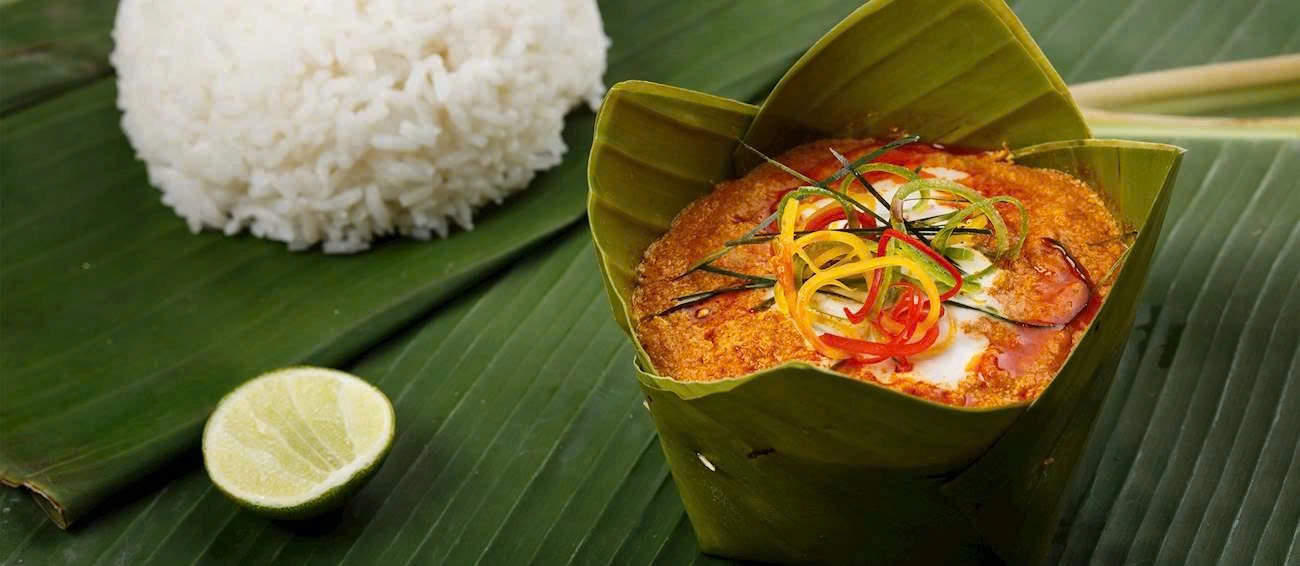
One of Cambodia’s most iconic dishes, Fish Amok is especially popular in northern provinces like Siem Reap. Fresh river fish is steamed with coconut milk, eggs, and kroeung (a fragrant spice paste) in banana leaves, creating a rich yet delicate flavor. The dish is often served with rice and considered a national treasure that reflects Cambodia’s culinary identity.
Samlor Korkor (Traditional Khmer Soup)
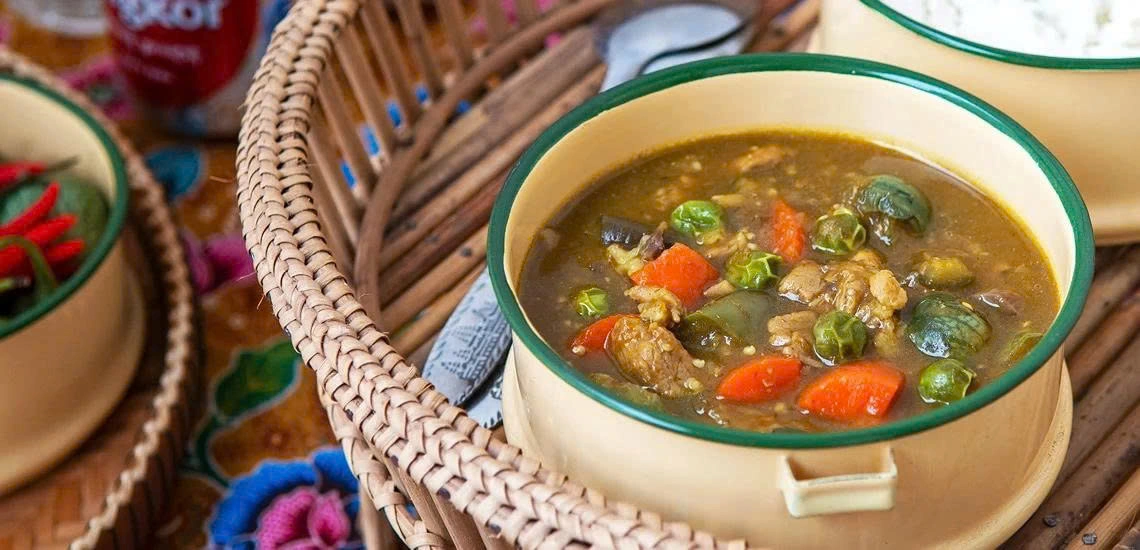
- Samlor Korkor is a hearty soup made with seasonal vegetables, fish or pork, roasted rice powder, and fermented fish paste. In the north, where agriculture thrives, locals add fresh garden produce for a rustic, earthy taste. It’s a dish often eaten at home and represents the daily diet of many Cambodians.
Nom Banh Chok (Khmer Noodles)
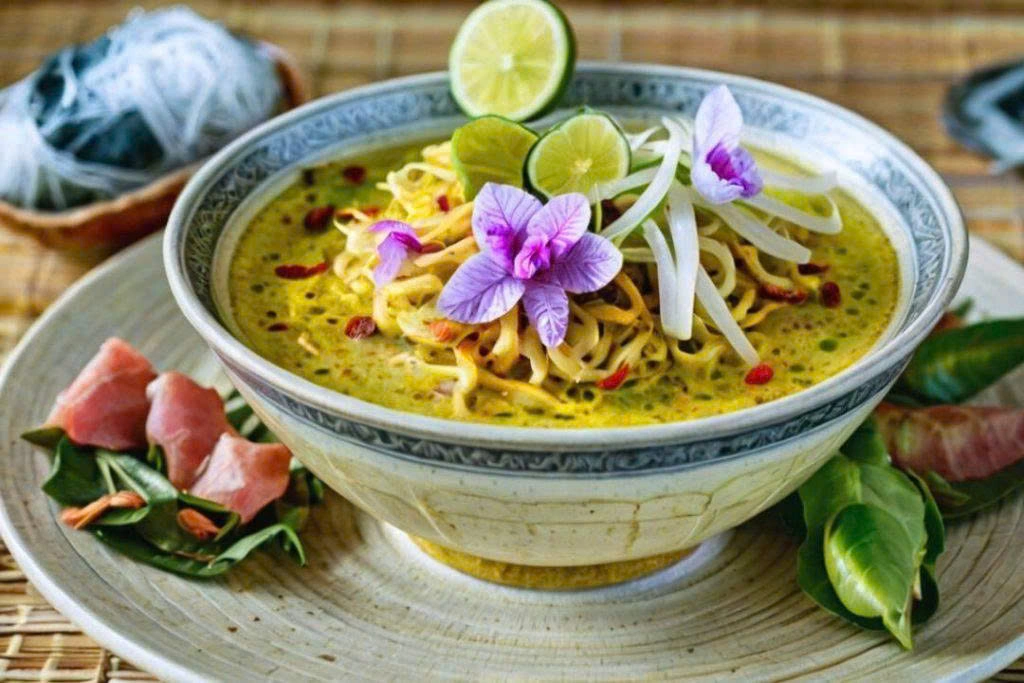
Known as “Khmer noodles,” this dish is a breakfast staple in Phnom Penh and central provinces. Rice noodles are topped with a light green fish curry, fresh herbs, banana blossoms, and cucumber. Its refreshing flavors and simple preparation make it a beloved street food across central Cambodia.
Prahok Ktis (Fermented Fish Dip)
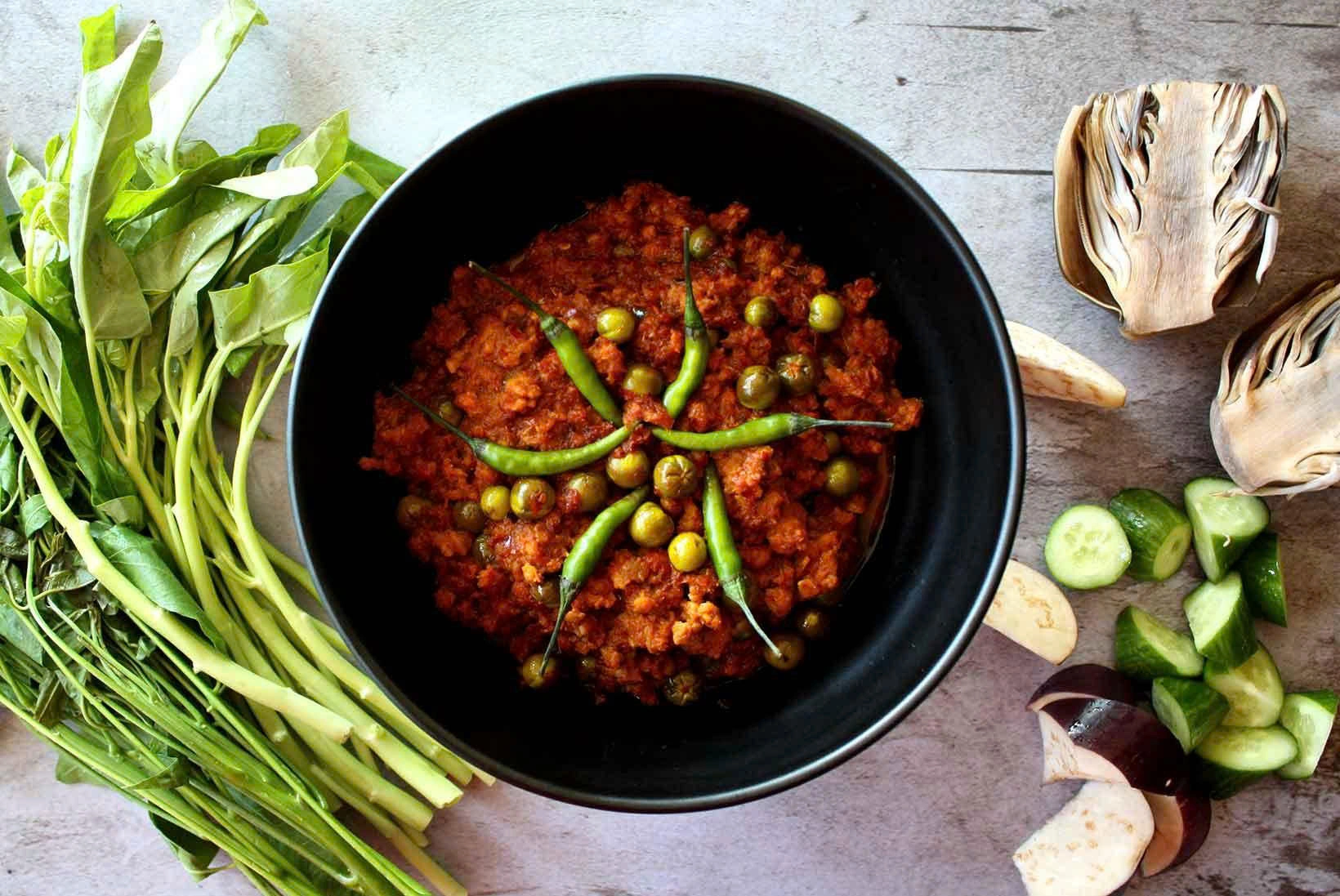
This central Cambodian specialty features prahok (fermented fish) simmered with pork, coconut milk, and spices. Served with fresh vegetables, it has a rich, salty-sweet taste and is enjoyed as a communal dipping dish. Prahok is a cultural symbol of Cambodia and especially popular around the Tonle Sap region.
Kampot Pepper Crab
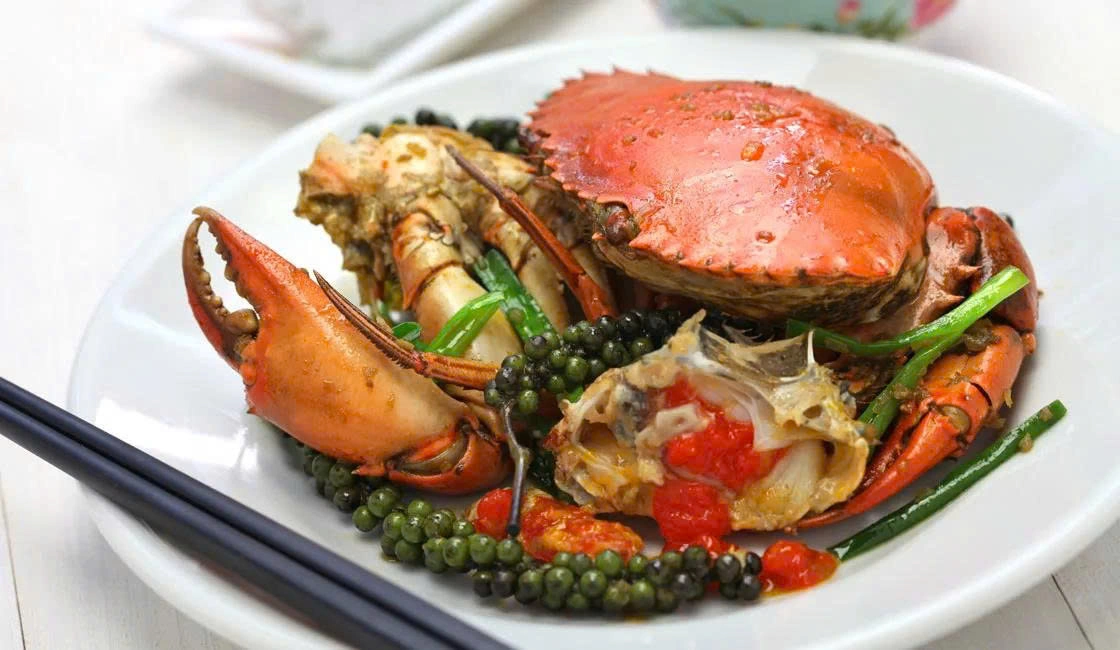
From the coastal town of Kep and Kampot, this dish is world-famous for its unique flavor combination. Fresh blue crabs are stir-fried with Kampot peppercorns, garlic, and herbs, giving a sharp, aromatic kick. It perfectly showcases the southern region’s abundance of seafood and prized pepper farms.
Grilled Squid on the Beach
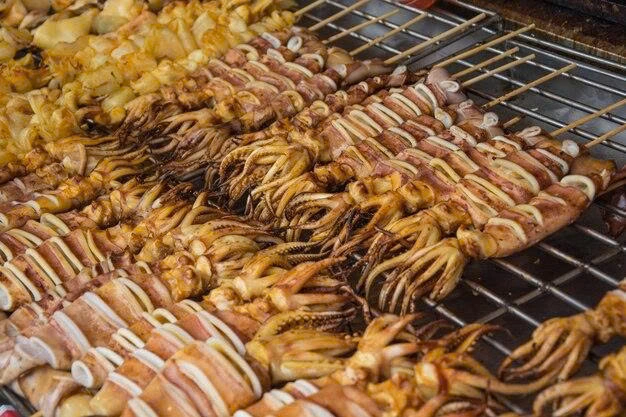
A southern Cambodian favorite, grilled squid is commonly sold by beach vendors in Sihanoukville and Kep. The squid is marinated with lime, chili, and garlic before being grilled over charcoal and served with a spicy dipping sauce. The smoky aroma and seaside atmosphere make it an unforgettable coastal snack.
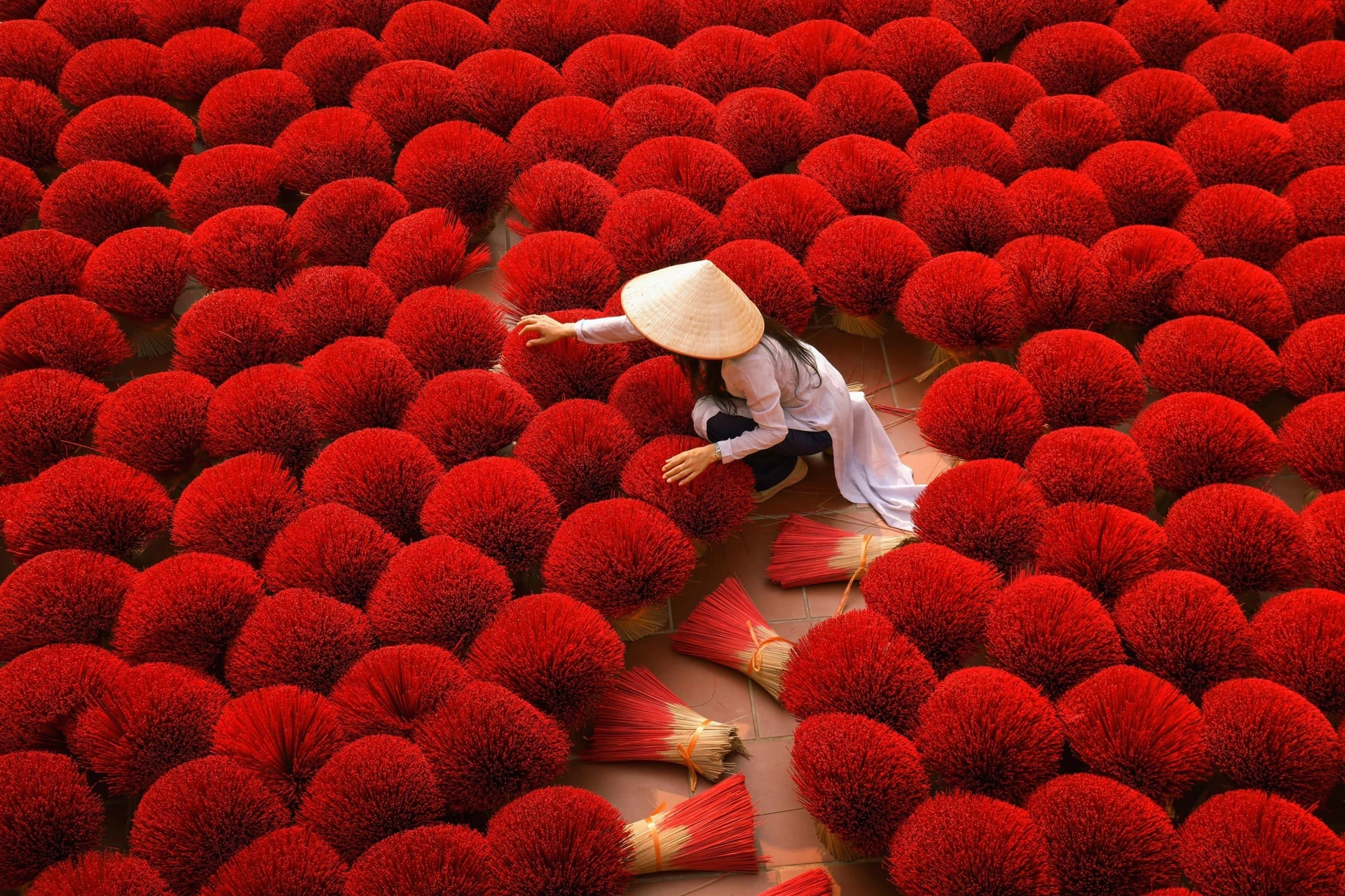
Vietnam is a country full of history, culture, and natural beauty, offering unforgettable experiences for every type of traveler. From bustling cities and ancient temples to serene countryside and pristine beaches, there is something for everyone. With careful planning, attention to local customs, and consideration for dietary or religious needs, Israeli travelers can enjoy a safe, enriching, and memorable journey.
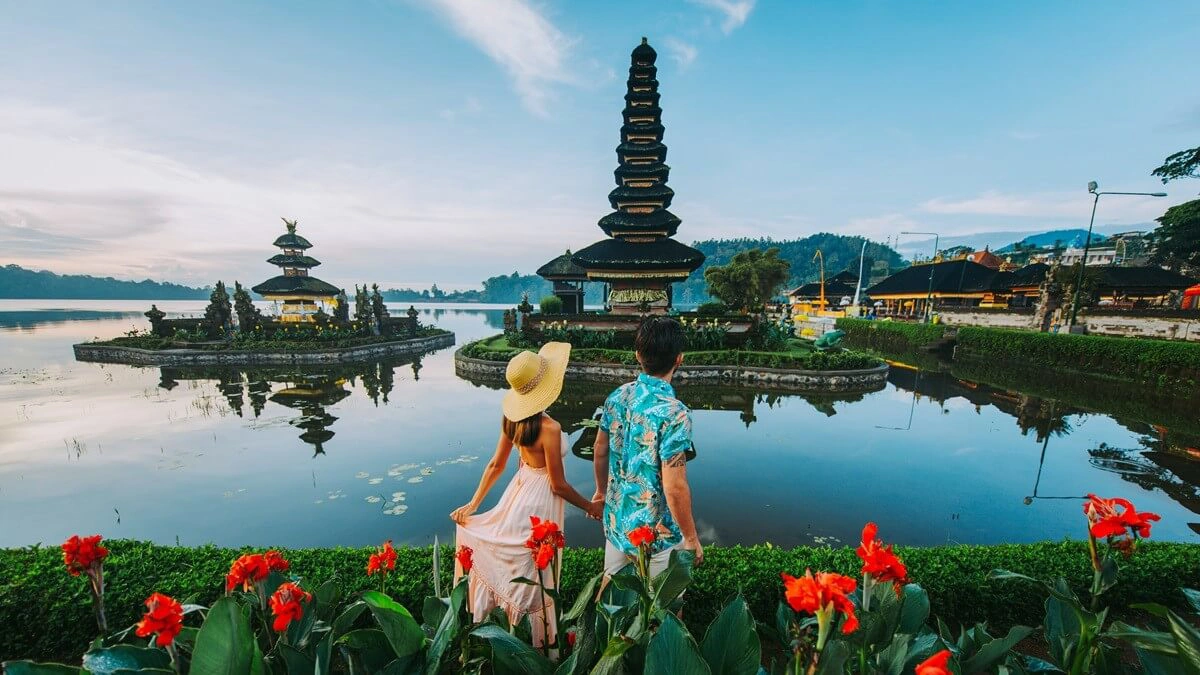
To enter Bali, travelers need a passport valid for 6 months; many nationalities get 30 days visa-free, while longer stays require a Visa on Arrival or e-visa. The island has a tropical climate with a dry season (Apr–Oct) ideal for beaches and festivals, and a wet season (Nov–Mar) with lush green landscapes. Cash in Indonesian Rupiah is essential for small expenses, though cards are accepted in larger venues, and transport mainly relies on taxis, ride-hailing apps, scooters, or private drivers. Visitors should respect local customs—dress modestly at temples, remove shoes in sacred spaces, and use the right hand when giving or receiving items.
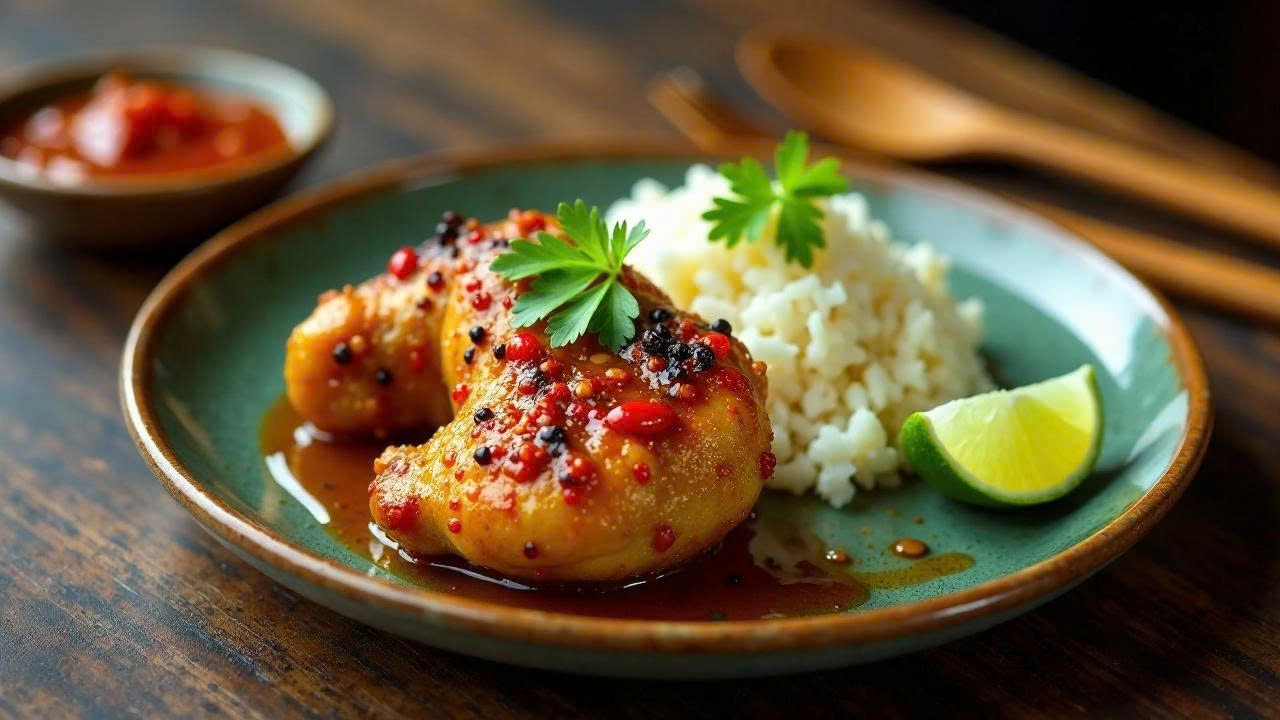
Balinese cuisine is a vibrant reflection of the island’s culture, shaped by its Hindu heritage, fertile volcanic soils, and abundant spices. Meals are a harmonious balance of flavors spicy, savory, sweet, and aromatic—brought together through fresh herbs, coconut, peanuts, and chili-based spice pastes known as bumbu. Rice is the centerpiece of most meals, complemented by grilled meats, seafood, and an array of vegetable dishes. Many recipes are deeply rooted in ceremonial traditions, often served during temple festivals and family gatherings, making Balinese food not only a culinary delight but also a cultural journey.
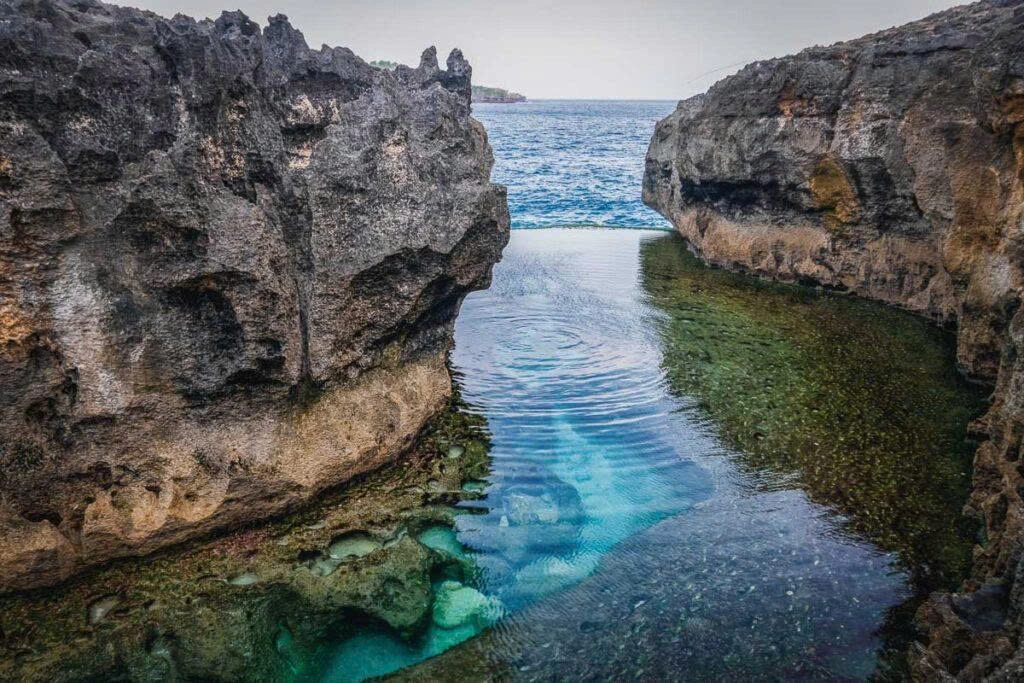
Nusa Penida is a stunning island off Bali’s southeast coast, famed for its rugged cliffs, crystal-clear waters, and dramatic landscapes. Highlights include Kelingking Beach with its dinosaur-shaped headland, Angel’s Billabong, and Broken Beach. Popular for snorkeling and diving, the island offers encounters with manta rays and vibrant coral reefs, making it a paradise for adventure and nature lovers.
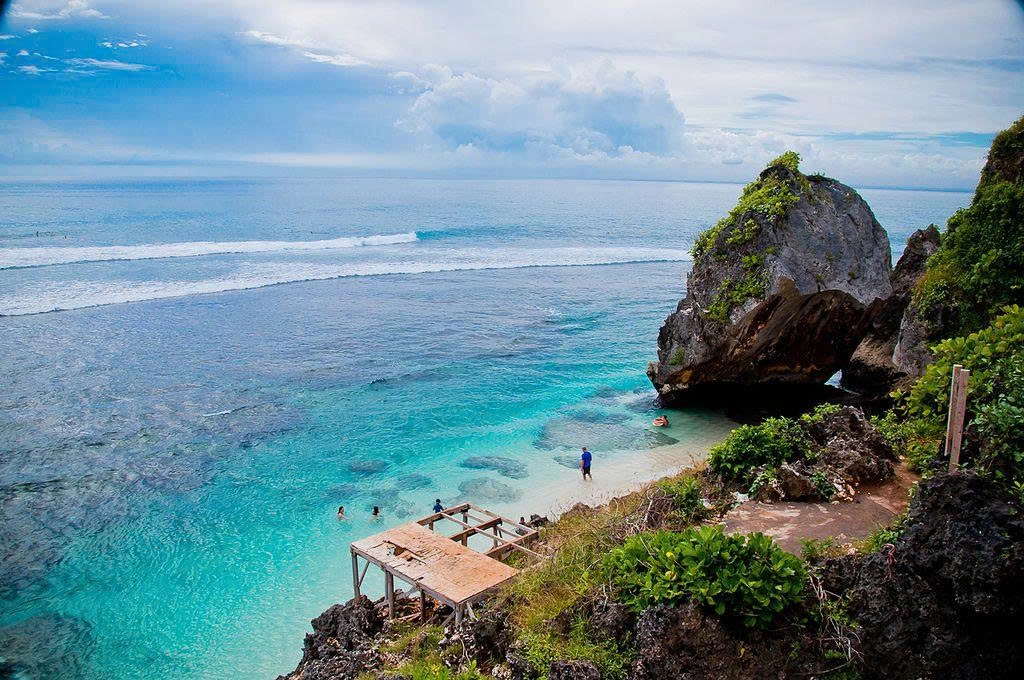
Uluwatu is renowned for its dramatic sea cliffs, world-class surf breaks, and breathtaking ocean views. At its heart lies the iconic Uluwatu Temple, perched high above the waves and famous for sunset Kecak dance performances. With luxury resorts, hidden beaches, and a relaxed coastal vibe, Uluwatu is a perfect blend of culture, adventure, and natural beauty.
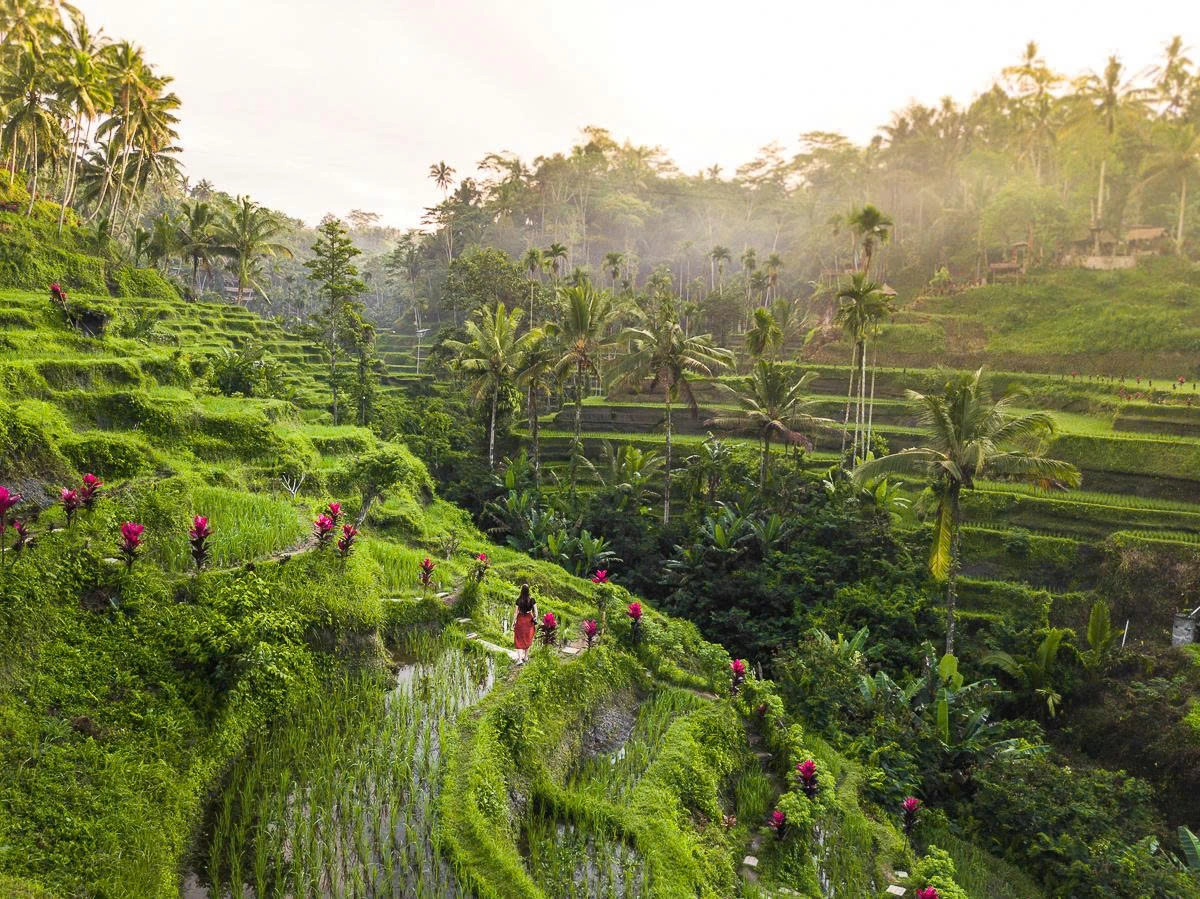
Ubud is the cultural and spiritual heart of Bali, surrounded by rice terraces, lush forests, and traditional villages. Known for its art, dance, and handicrafts, it’s also a hub for yoga, wellness, and spiritual retreats. With its temples, galleries, and serene landscapes, Ubud offers a deeper connection to Balinese heritage and nature.
Preparing for your upcoming trip to Asia?
Let us know what we can arrange for you!